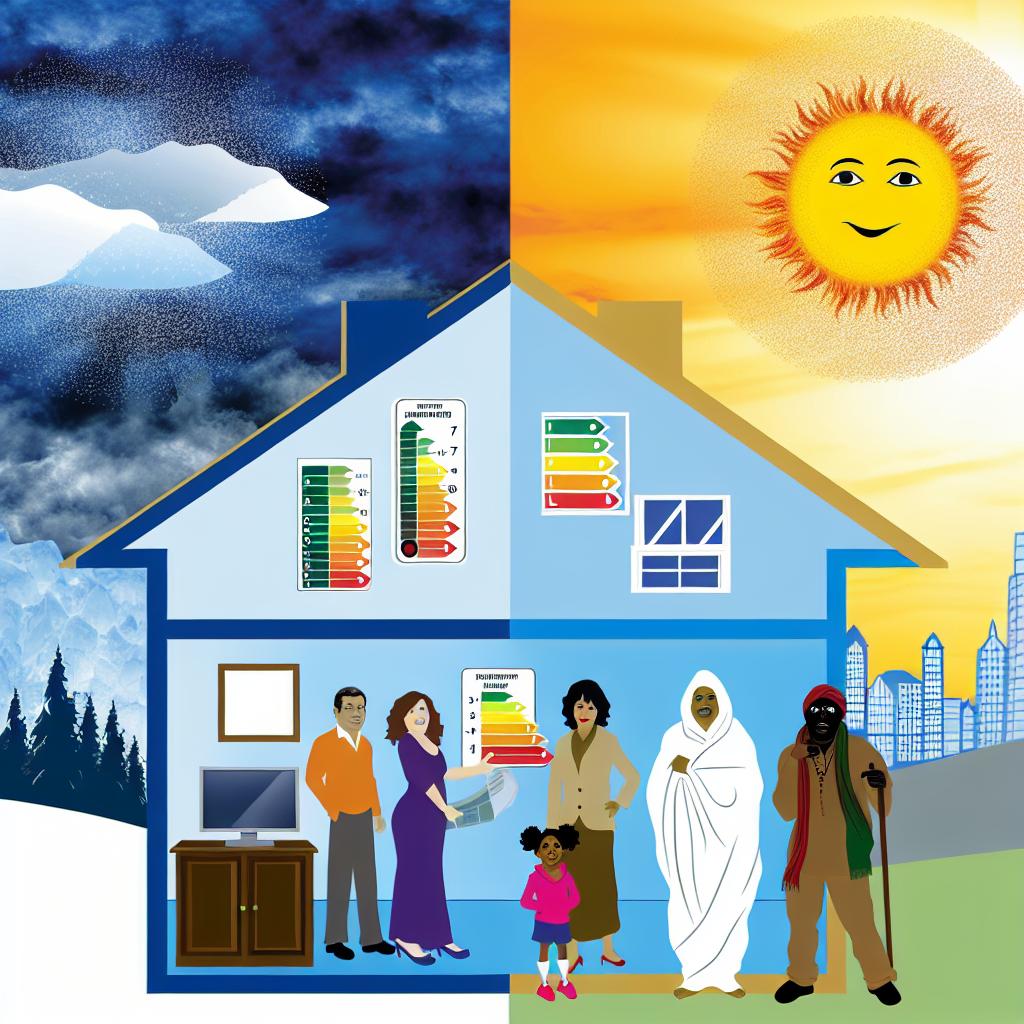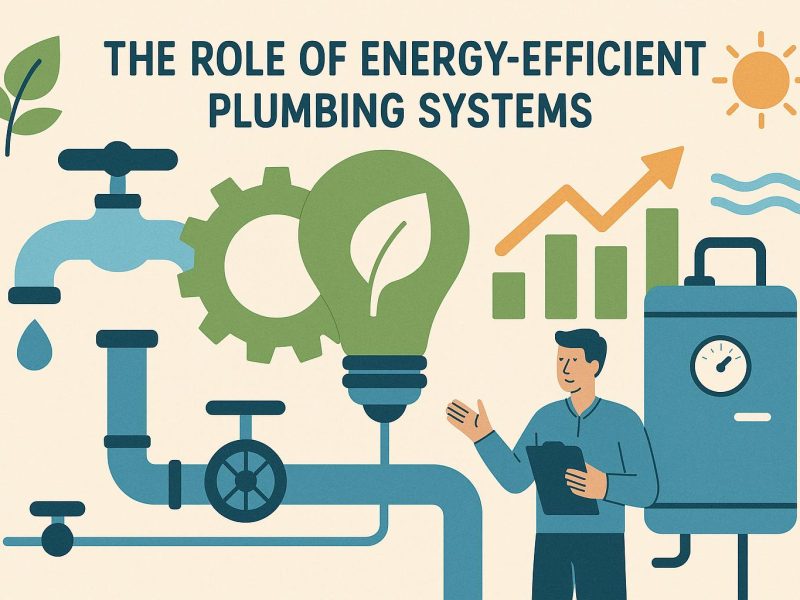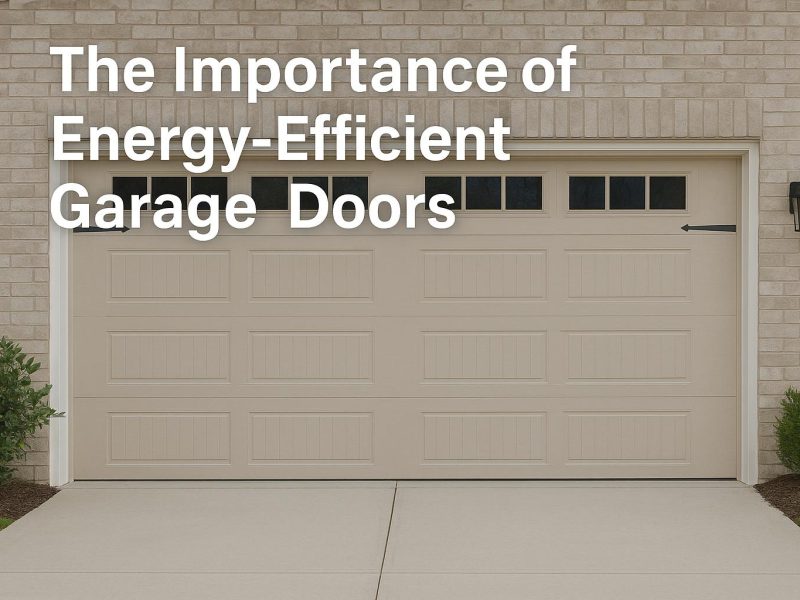Maintaining Energy Efficiency During Extreme Weather
Extreme weather conditions present distinct challenges to sustaining energy efficiency within our homes. These challenges can lead to increased energy consumption if not addressed properly. However, by employing strategic planning and making necessary adjustments, it is possible to minimize energy usage while maintaining a comfortable living environment.
Insulation and Sealing
The cornerstone of maintaining energy efficiency during extreme weather begins with ensuring that your home is adequately insulated. Proper insulation acts as a barrier against external temperatures, helping to maintain a stable and comfortable indoor climate. This reduces reliance on heating or cooling systems, thus saving energy. It is crucial to examine the walls, attic, windows, and doors for any gaps or spaces where air might infiltrate. These gaps can lead to energy loss as warm or cool air escapes and outside air enters. To rectify this, utilize weather stripping or caulking to effectively seal the gaps and enhance insulation.
Upgrade Windows
Windows are significant conduits for heat loss and gain. If you aim to enhance energy efficiency, consider upgrading to energy-efficient windows. Modern double or triple-pane windows offer superior insulation compared to traditional single-pane windows, reducing the transfer of heat in and out of your home. Additionally, window treatments such as blinds or thermal curtains can further contribute to regulating indoor temperatures by providing extra shading and insulation.
Efficient Use of HVAC Systems
The heating, ventilation, and air conditioning (HVAC) system is often the largest energy-consuming component of a home, especially under extreme weather conditions. To maintain efficiency, it is essential to maintain your HVAC system through regular servicing and prompt filter replacements. A well-maintained system operates more effectively and consumes less energy, ultimately reducing your energy bill.
Programmable Thermostats
One of the most efficient ways to manage your HVAC system’s energy consumption is by investing in a programmable thermostat. These devices provide the flexibility to set specific temperatures for various times of the day, ensuring that your home is only heated or cooled when necessary. By optimizing your thermostat settings, you can prevent unnecessary energy usage and maintain a comfortable environment.
Lighting and Appliances
Lighting and household appliances also play a crucial role in energy efficiency. Transitioning to LED lighting is a simple yet effective way to conserve energy. LED bulbs use considerably less energy than traditional incandescent bulbs and have a much longer lifespan, reducing both energy costs and the frequency of replacements. When selecting appliances, look for the ENERGY STAR® label. This label signifies that the product meets stringent energy-efficiency guidelines set by the government.
Smart Power Strips
Modern electronics often consume power even when they are turned off, leading to so-called “phantom loads.” To combat this waste, use smart power strips, which can automatically shut off power to devices in standby mode. This small adjustment can lead to substantial energy savings on a broader scale.
Outdoor Considerations
Landscaping and the external environment surrounding your home can considerably influence energy efficiency. Strategic planting of trees and shrubs can provide natural shading and serve as windbreaks, which can help in stabilizing indoor temperature by reducing heat exposure or shielding against cold winds.
Solar Options
The rise of renewable energy technologies presents significant opportunities for improving energy efficiency. Consider incorporating solar technology into your home, such as installing solar panels or solar water heaters. These options can provide significant energy savings over time, particularly during sunny periods, as they harness natural sunlight to generate energy, reducing reliance on conventional power sources.
Behavioral Adjustments
Even with all the technological solutions available, simple behavioral adjustments can contribute to energy efficiency. Wearing appropriate clothing for the weather helps in personal temperature regulation, reducing the need for excessive use of heating or cooling systems. Additionally, employing ceiling fans to circulate air can help distribute warm or cool air efficiently throughout your home, providing comfort without excessive energy use.
In conclusion, taking these steps can significantly improve energy efficiency during extreme weather conditions. By improving insulation, optimizing HVAC usage, updating lighting and appliances, considering outdoor modifications, and adjusting daily habits, you can effectively reduce energy consumption. Not only will these measures decrease your environmental impact, but they may also lead to substantial savings on your energy bills, creating a more sustainable and economical living situation.



